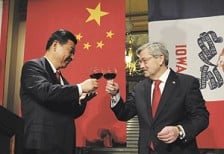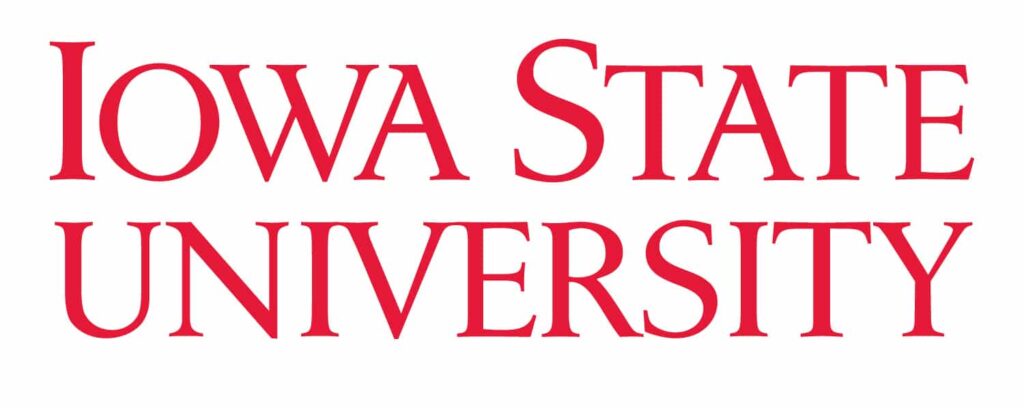More than meets the eye in Chinese desire for U.S. ag products
Chicken feed, pet food, even seafood are in demand as the country zeroes in on U.S. goods

Trade with China boils down to one word: relationships. Repeat it three times, and you get the significance of creating some with trading partners in the world’s largest country.
So says Li Zhao Mandelbaum, who is something of an expert on the subject. The first 25 years of her life were spent in China. Her bachelor’s degree in international trade and global marketing and master’s degree in international trade and economics were earned there.
Her professional life is squarely focused on improving business relationships between Iowa and U.S.-based clients and their Chinese counterparts.
In 2010, she founded China Iowa Consultants LLC with her husband, Justin Mandelbaum. They paired their experiences in world travel and international business in an import and export advisory firm that does business as China Iowa Group.
During the Iowa visit two weeks ago of Chinese vice president and soon-to-be leader Xi Jinping, you can bet that the Mandelbaums were talking trade.
Justin Mandelbaum got a special introduction to the Chinese. He was featured on China Central Television.
“He received a lot of exposure. My friends in China texted me and said, ‘We saw Justin on TV.’ His face showed three or four times,” Zhao said.
Like everyone else, he was talking trade. During the visit, the Chinese government announced that it would buy $4.3 billion worth of soybeans. Pioneer Hi-Bred International Inc. said it would build a technology hub that will open this year in Beijing and be a testing ground for high-yielding maize hybrids.
There were conversations about finance and biotechnology.
So, how about chicken feed and pet food?
Yes, the Mandelbaums represent a client who would like to supply chicken feed to nurture the growing Chinese demand for poultry products. And the Chinese, in turn, also are looking for suppliers of high-quality, U.S.-made pet food.
The Chinese, as their incomes grow, no longer want to throw table scraps to their dogs and cats.
The challenge is tapping into the Chinese markets, regardless of whether you are already an international player, such as Pioneer, or a smaller supplier, such as the chicken feed producer that Zhao declined to identify.
First, the Chinese have to know you exist.
One benefit of Xi’s visit is that it put Iowa on the map and in the minds of potential Chinese customers.
“A lot of Chinese companies will start paying attention to Iowa. A lot of Chinese have never heard of Iowa,” Zhao said.
And don’t underestimate the importance of establishing relationships, whether through a trade association or a consulting group.
“My take is because China has 1.3 billion people, you don’t know who to trust,” Zhao said. “They tend to stay close with the people they know. In China, it is definitely relationship, relationship, relationship.”
As for the chicken feed supplier, the Mandelbaums met with representatives of one of China’s largest poultry feed companies and learned of another potential customer.
No deals were struck, however.
“It’s still very early stage,” Zhao said. “I would put it as a potential buyer. In the business world, sometimes it is quick, but sometimes it takes time.”
Zhao, who also works for Stine Seed Co., frequently travels to China and plans to go there in March. Still, she was caught a little off guard by inquiries about other U.S. products, namely seafood.
Chinese clients are willing to wait the 30 to 40 days it takes to ship U.S. seafood to their shops, especially if it is considered a top-shelf product, such as salmon.
The point is that U.S. agricultural products are considered top quality and the Chinese, with their increasing income levels and desire to enjoy the cream of Western culture, want them, and that’s not chicken feed.










